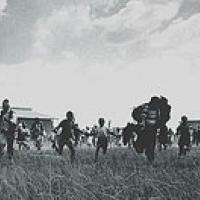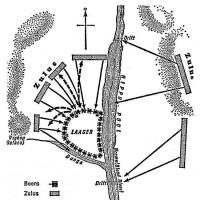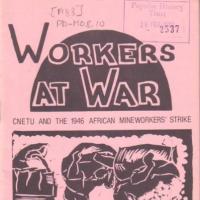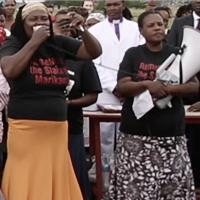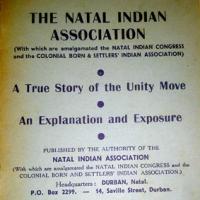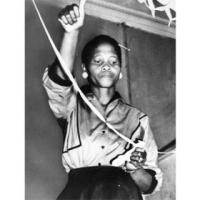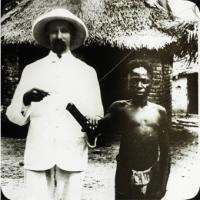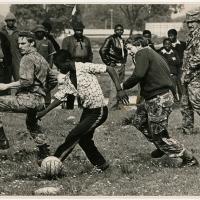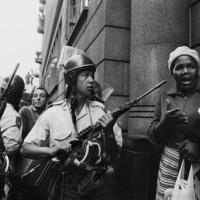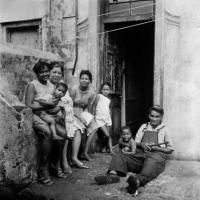Simon Gqubule
Reverend Dr Simon Gqubule was born on 18 February 1928 at a place near Cookhouse, Transkei (now Eastern Cape). His family did not have a lot of money; his father earned two pounds and five shillings a month which was not enough to support the family and put him through school. However, his Chaplain managed to arrange a bursary for him and it was through this that he attended a teaching college.
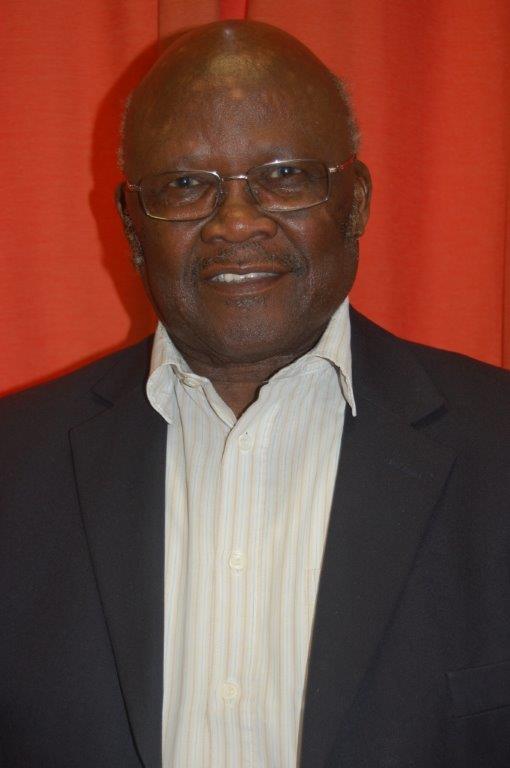
History Classroom Grade 10 Topic 3: The French Revolution
Featured topics
This day in history
Find out who was born, who died and other significant events from this day in history
History in Images
The Reburial of Mapungubwe Human Remains
The reburial of the human skeletal remains at Mapungubwe an Iron Age archaeological site located in Limpopo Province, was preceded by a handover and cleansing ceremony involving traditional healers and members of the communities that claimed to be the bona fide descendants of the human remains. On 29 October 2007, the symbolic handover ceremony took place at the University of Pretoria and was well attended. A number of cultural activities took place such as burning incense, calling on the ancestors to bless the remains and the site as well as indulging in traditional beer, tobacco and medicine.
A few days later, on 5 November, the Freedom Park Trust and the provincial government of Limpopo, hosted a cleansing ceremony and concluded with the “return of the spirits ceremony” on 6 November 2007. The reburial ceremonies were conducted from the 18 to 20 November 2007 and were supervised by SANParks and the archaeologists from University of Pretoria, University of Cape Town and the University of Witwatersrand.
The 150 human remains were reburied in square containers made of high-density polyethylene, which is a certain type of plastic. The material of the boxes would ensure that the bones were well preserved and offered the option of having future scientific analysis done. The containers contained each skeleton’s unique code that was registered in order to keep track of the remains should the need to scientifically analyse them arise.





